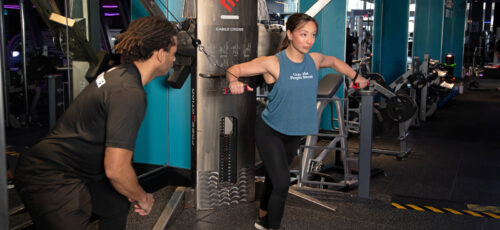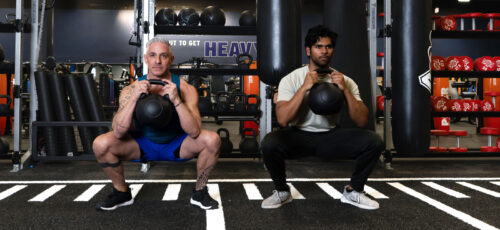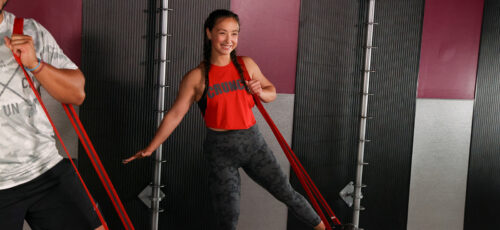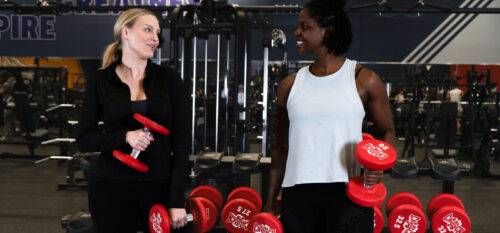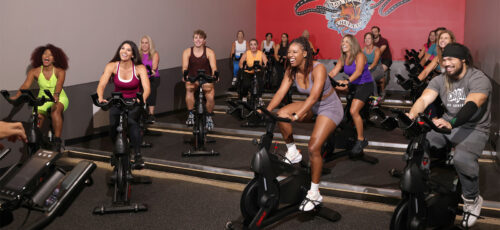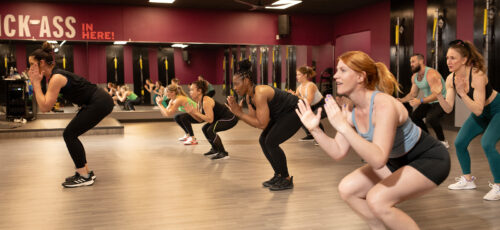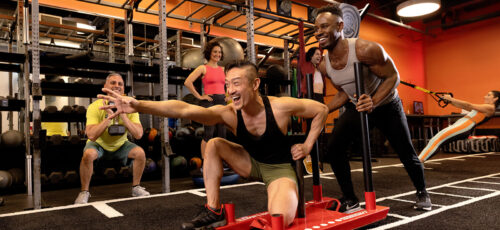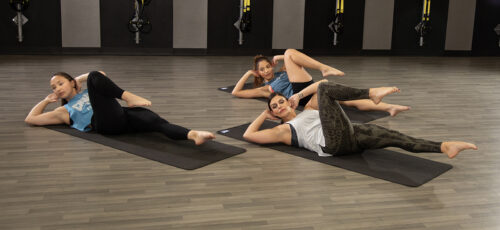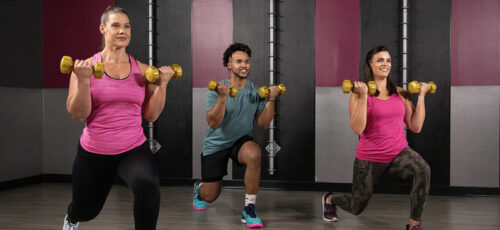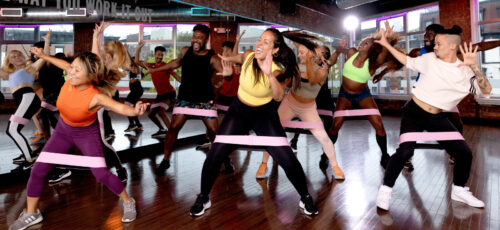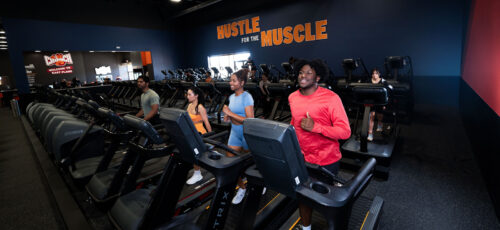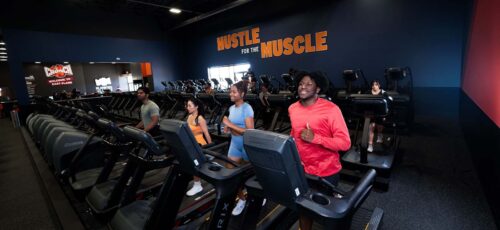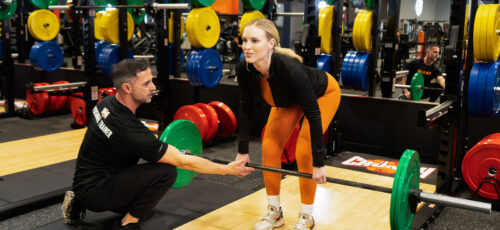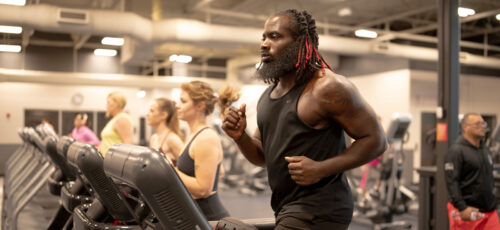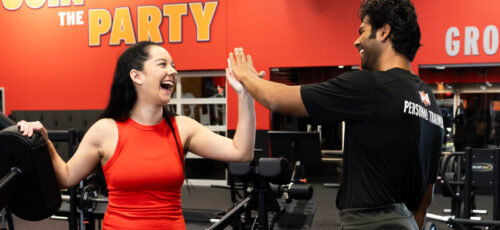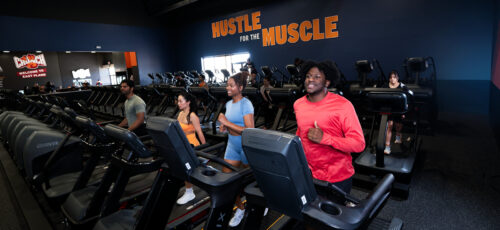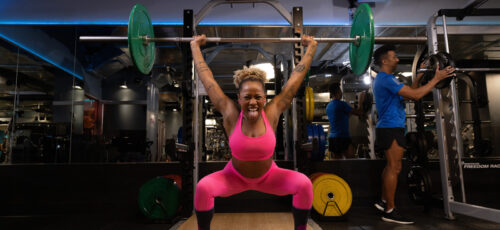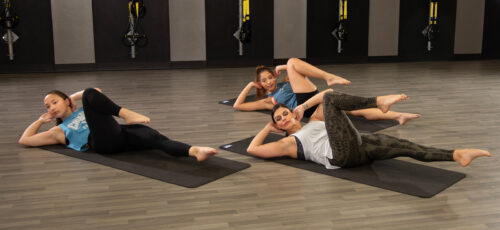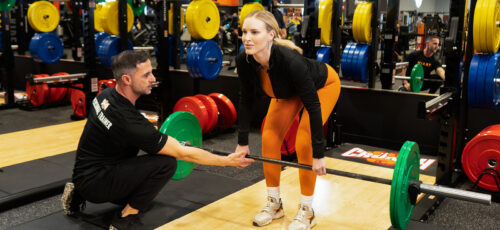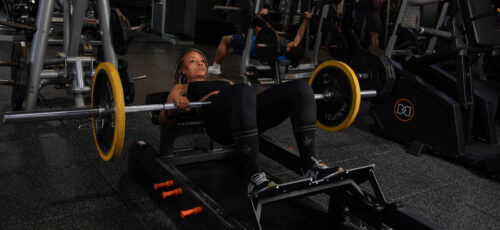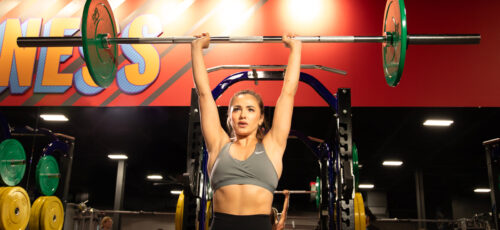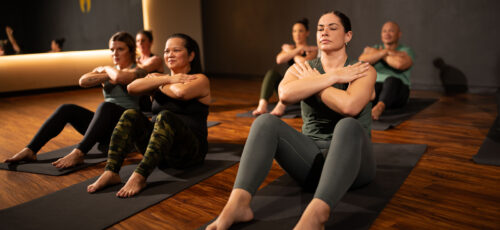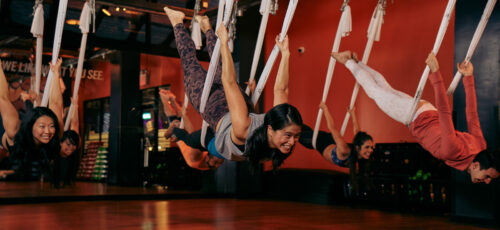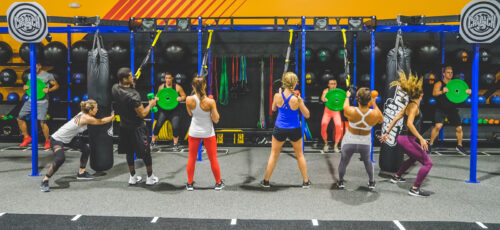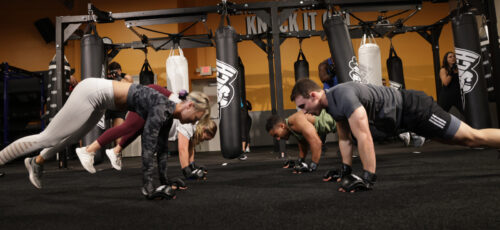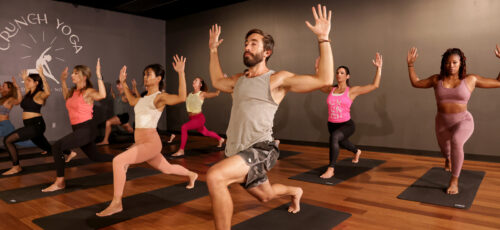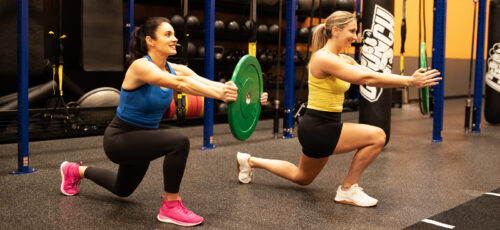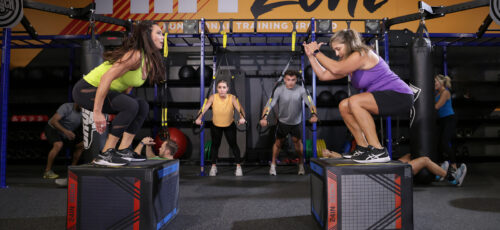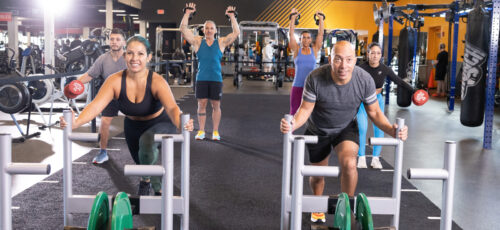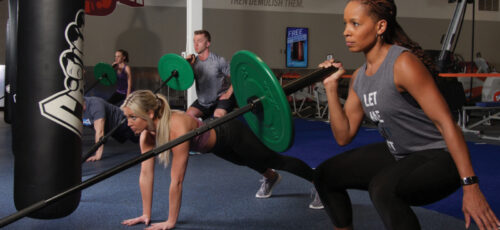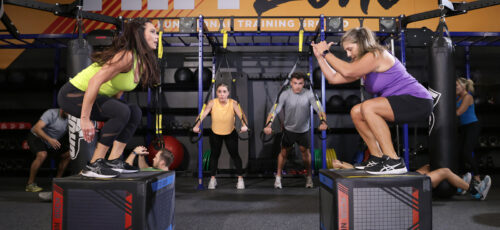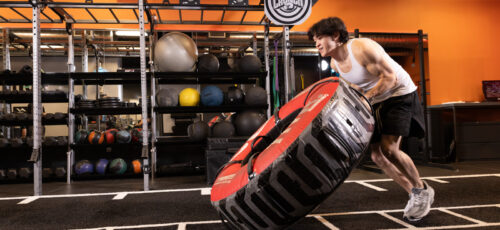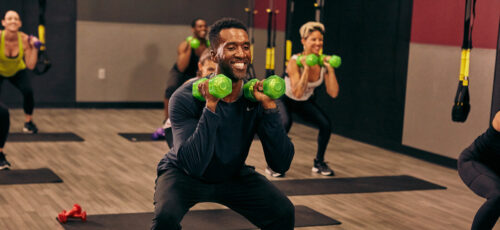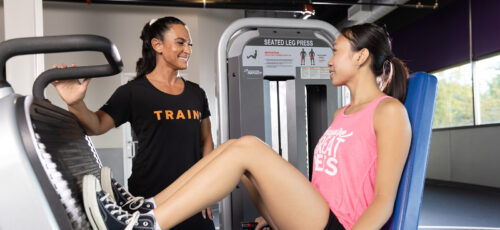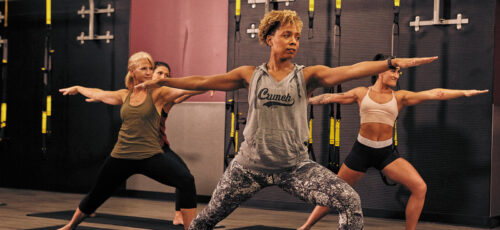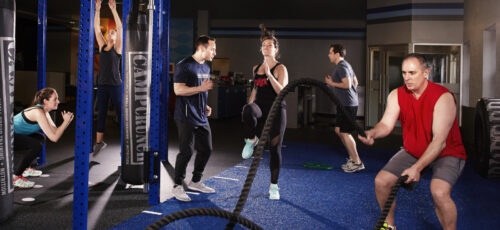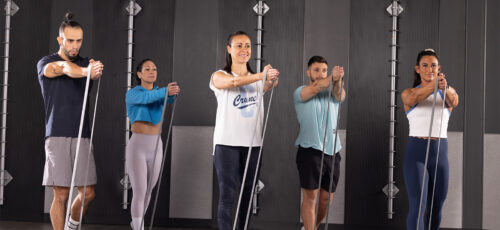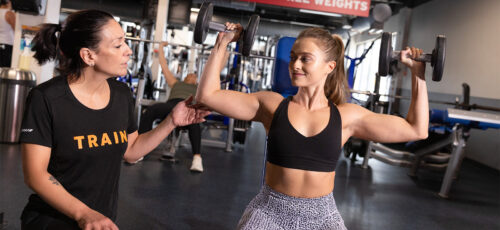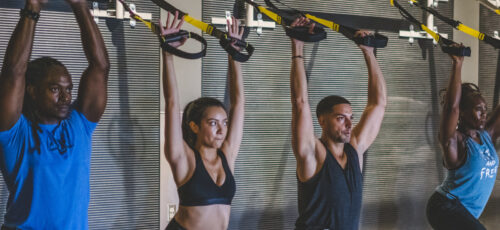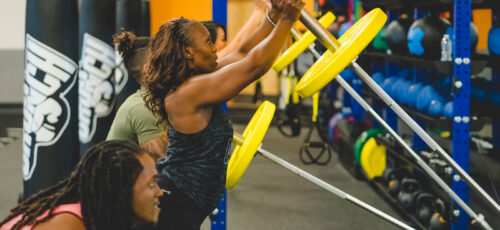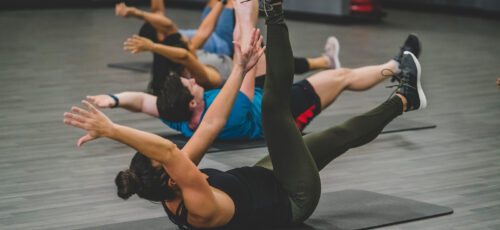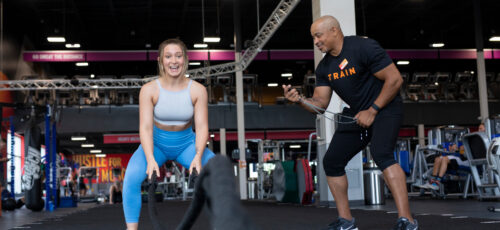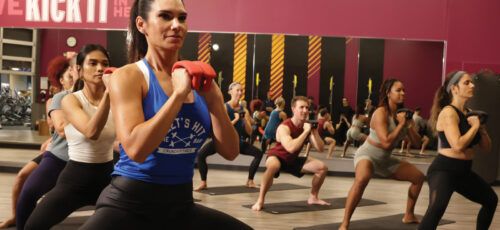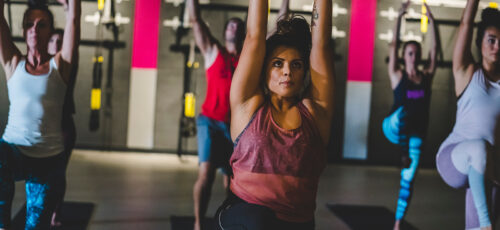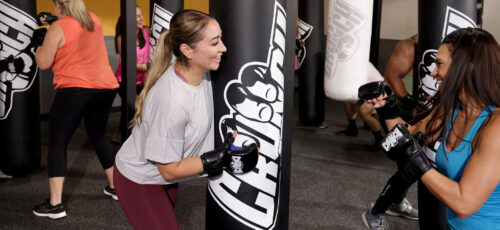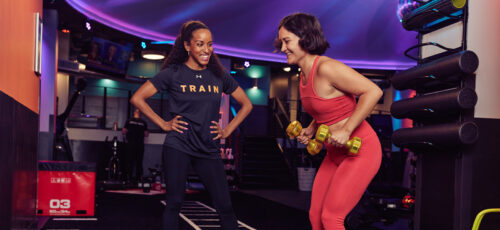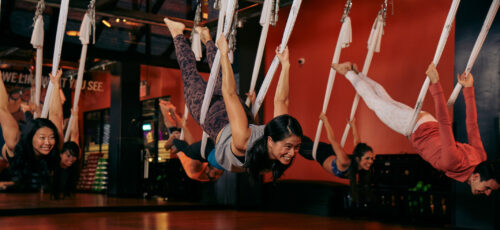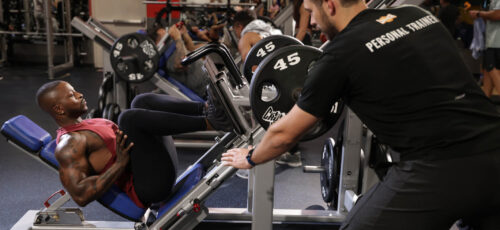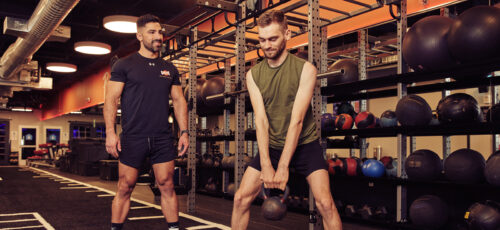
High-Intensity Interval Training (HIIT) and jumping rope have become popular among gymgoers, and it’s easy to see why. These workouts offer a perfect combination of efficiency and effectiveness, making them ideal for anyone with a busy schedule.
HIIT combines short explosions of intense exercise with rest periods or lower-intensity exercise, ensuring maximum benefits in minimal time. For beginners, you can start seeing improvements in your fitness level without spending hours at the gym.
Did you know that jumping rope, often seen as a childhood pastime, is now recognized as a powerful fitness tool? It’s super effective for keeping your heart healthy and improving coordination, and best of all, it’s really fun!
Picking up a jump rope can bring back nostalgic memories while simultaneously giving you a killer workout. For those new to the gym, jumping rope is a fantastic way to break the ice and get moving without feeling overwhelmed by complex machines or routines.
In this article, get ready to find out if jumping rope qualifies as a HIIT exercise.

Why is HIIT effective?
HIIT has gained general recognition for its effectiveness, and there are several reasons why it stands out in the fitness world. Firstly, HIIT maximizes calorie burn in a short period.
The intense bursts of exercise followed by brief rest periods elevate your heart rate quickly, leading to increased fat burning during and after the workout.
This afterburn effect, known as excess post-exercise oxygen consumption (EPOC), means your body continues to burn calories even after exercising.
Another key factor contributing to HIIT’s effectiveness is its ability to improve cardiovascular health. The high-intensity intervals push your heart to work at its maximum capacity, strengthening your heart muscle and improving cardiovascular endurance.
This type of training can lead to significant improvements in VO2 max, which measures the maximum amount of oxygen your body can utilize during exercise. Improved cardiovascular fitness enhances athletic performance and contributes to better overall health.
HIIT is also incredibly versatile and adaptable, making it accessible to people of all levels.
Whether you’re just starting or an experienced athlete, HIIT workouts match your current fitness level and goals. You can adjust the intensity, duration, and type of exercise to create a workout that challenges you without feeling too intense.
Crunch has its own HIIT Zone, exclusive classes with state-of-the-art training, and heart-pumping, team-based workouts. Not to mention, it’s a lot of fun. NASM-accredited, HIIT Zone, and HIIT workouts are available at select locations. Search here.
What Is a Jumping Rope Exercise Routine?
Do you have a jump rope lying around? If yes, you’re ready to start a workout! Exercising with a jump rope can be as simple as borrowing your child’s rope for a quick skipping session or as challenging as participating in a 60-minute, high-intensity class.
Many gyms and private studios offer these classes, and numerous free or paid video courses are available online.
Jumping rope elevates your heart rate and improves circulation, making it an excellent aerobic exercise. It can help you achieve your fitness goals.
The Office of Disease Prevention and Health Promotion suggests aiming for at least 150 minutes of moderate-intensity exercise each week.
Jumping rope is a fantastic exercise for improving cardiovascular fitness and endurance, but it could be more effective for building strength.
Combine jumping rope with strength training exercises like weightlifting or bodyweight workouts to increase muscle mass. However, you can use heavier ropes to add strength and resistance to your jump rope routine.
Jump Rope Workouts: Potential Health Benefits
Are you ready to grab a rope and start hopping? Let’s delve into how jumping rope can benefit you!
Cardiovascular Benefits
Jumping rope is a timeless cardio workout that effectively gets your heart racing. Just a few minutes of continuous skipping can significantly elevate your heart rate.
A study published in the American Association for Health, Physical Education, and Recreation’s Research Quarterly demonstrated that 10 minutes of jump rope in young men provided the same cardiovascular benefits as 30 minutes of jogging.
The American Heart Association highlights that aerobic exercises like jumping rope not only reduce the risk of heart disease and stroke but also lower the likelihood of developing type 2 diabetes, high blood pressure, dementia, and various forms of cancer.
“Depending on how fast you jump rope, it will engage more of that anaerobic cardiovascular exercise because you’re using your hands and feet to jump rope (…) That means it’s a short, fast form of high-intensity exercise where our body uses fuel stored in the muscles for energy, unlike aerobic exercises,” explains exercise physiologist Katie Lawton, MEd.
Enhances Endurance
Jumping rope is an excellent way to develop endurance. Studies have shown its positive impact on athletic stamina.
Recent research published in 2022 in the Brazilian journal Revista Brasileira de Medicina do Esporte found that a 12-week jump rope program significantly increased strength and endurance among athletes.
Jumping rope is a fantastic conditioning tool that can help marathon runners boost their running endurance and keep boxers sharp through every round.
Improves Coordination and Balance
The rhythmic motion of swinging the rope while skipping synchronizes the movements of hands, arms, feet, and legs. Research published in Sports Science and Medicine focusing on young soccer players found that integrating jump rope into their training regimen improved overall motor coordination and balance.
“Jumping rope is all about timing — you have to be able to time the jump rope as it’s moving around you and when you’re going to jump, so there has to be a little bit of coordination between your hands and your feet to be able to tell your brain when you’re going to jump,” says Lawton.

Increases Bone Density
A study in 2021 followed young female Olympic swimmers who added two new exercises to their routine twice weekly: jumping rope and whole-body vibration. Over 22 weeks, the swimmers showed increased bone mineral density in the lumbar spine, hips, and neck and reduced lower body mass.
Additionally, a 2015 randomized controlled trial featured in the American Journal of Health Promotion found that women aged 25 to 50 who jumped rope twice daily (10 to 20 times per session with 30-second rest intervals) experienced significant improvements in hip bone mineral density after eight weeks.
For people concerned about osteoporosis, a condition where bone density decreases and fracture risk increases, incorporating activities like jumping rope can help strengthen bones.
Reduce Depression and Anxiety
A 2021 study investigated the impact of jumping rope on mental health. The participants were split into groups and tasked with attending seven jumping rope sessions. Each session consisted of two minutes of activity and one minute of rest.
The study measured the effects through psychological questionnaires, performance tests, and saliva and urine analyses. The investigation revealed that adults who participated in jumping rope experienced significant reductions in anxiety levels and improvements in attention span and cognitive function.
Additionally, there was an increase in 5-hydroxyindoleacetic acid levels in their urine, suggesting elevated serotonin levels—a neurotransmitter linked to mood regulation and anxiety reduction.
With its mechanics and benefits, jumping rope includes the essence of HIIT exercise—alternating between short bursts of intense activity (jumping) and periods of rest or lower-intensity activity (resting or slower jumping).
This pattern of high-intensity exercise followed by brief recovery periods characterizes HIIT workouts, making jumping rope a practical option for integrating HIIT into your fitness routine.
Creating a Jump Rope HIIT Routine
Designing a jump rope HIIT workout can boost cardiovascular fitness and burn calories efficiently. Here’s how you can create your routine and some examples of routines with time intervals:
5 Easy Steps to Design a Jump Rope HIIT Workout:
- Warm-Up: Start with a dynamic warm-up to prepare your muscles and joints for the workout. Include movements like arm circles, leg swings, and light jumping rope.
- Interval Structure: Plan your intervals with alternating periods of high-intensity jumping and rest or lower-intensity activity. A typical structure is 30 seconds of jumping followed by 30 seconds of rest, but you can adjust based on your fitness level.
- Exercise Selection: Choose different jump rope techniques for variety and challenge. Examples include basic jumps, double unders (where the rope passes under your feet twice in one jump), or alternate foot jumps.
- Intensity: Increase intensity by jumping faster, incorporating more complex footwork, or using a heavier rope.
- Cool Down: Finish with a cooldown to gradually lower your heart rate and stretch major muscle groups.
With Crunch’s HIIT Zone, you can perform your routine and exercises with last-generation equipment, including resistance bands, battle ropes, kettlebells, and other amenities, for an extended variety of high-intensity exercises.
Jump Rope HIIT: Example Routines and Time Intervals
If you want to improve your heart and lung health, balance, and stamina, doing a jump rope workout can help. Some guidelines from the American Council on Exercise (ACE) can help you make a good jump rope workout that’s both safe and effective.
You can do a jump rope workout by jumping fast for a short time and then taking a break. It’s all about finding the right balance between working hard and resting to make the workout challenging but not too hard.
Check out these workout plans with different time intervals that suit all fitness levels:
- Beginner Routine: Start with 30 seconds of basic jumps, followed by 30 seconds of rest or slow jumping. Repeat this cycle for 10 minutes.
- Intermediate Routine: Perform 45 seconds of alternate foot jumps, followed by 15 seconds of rest. Repeat this cycle for 15 minutes.
- Advanced Routine: Do 60 seconds of double unders, followed by 30 seconds of rest. Repeat this cycle for 20 minutes.
Maximizing Results with Jump Rope
To elevate your workout, focus assertively on varying the speed and complexity of your jump rope techniques. Start by incorporating high-speed intervals where you jump as fast as possible for short bursts, followed by slower, more controlled jumping periods.
You can also try advanced practices like double unders, crisscrosses, or high knees to challenge your coordination and agility. Another way to intensify your workout is using weighted jump ropes, which add resistance and help build strength.
Combining jump rope with other HIIT exercises can further amplify your results. Integrate exercises such as burpees, mountain climbers, or push-ups between jump rope intervals to create a full-body workout.
For example, you can jump rope for 30 seconds, then perform 30 seconds of burpees, followed by a brief rest before repeating the cycle. This combination keeps your workout dynamic and engaging and targets different muscle groups, enhancing overall fitness and endurance.
Mixing jump rope with other high-intensity exercises allows you to maximize the benefits of your HIIT routine and achieve your fitness goals more efficiently.
Ten common mistakes to avoid
When jumping rope, it’s crucial to avoid common mistakes so that your workout is effective and you don’t get injured. Here are a few critical mistakes you’ll want to watch out for:
- Using the wrong rope length
- Incorrect Form
- Jumping Too High
- Landing Improperly
- Ignoring Warm-Up and Cooldown
- Jumping on Hard Surfaces
- Overtraining
- Inconsistent Rhythm
- Holding Handles Too Tightly
- Inappropriate Footwear
Remember these tips and focus on using the proper technique. This will help you get the most out of your jump rope workouts and lower your chances of getting hurt.
Reach Your Fitness Goals With Crunch Fitness
Crunch promotes a culture of positivity, inclusivity, and fun with no judgments by providing an environment for all individuals regardless of their health and fitness goals. Find a Crunch gym near you to try our free trial membership, or join Crunch now. We’re here for you – at the gym or at home. Access the best live & on-demand workouts anytime, anywhere with Crunch+. Ready to get sweaty? Try hundreds of workouts for free! Start your free trial now!















